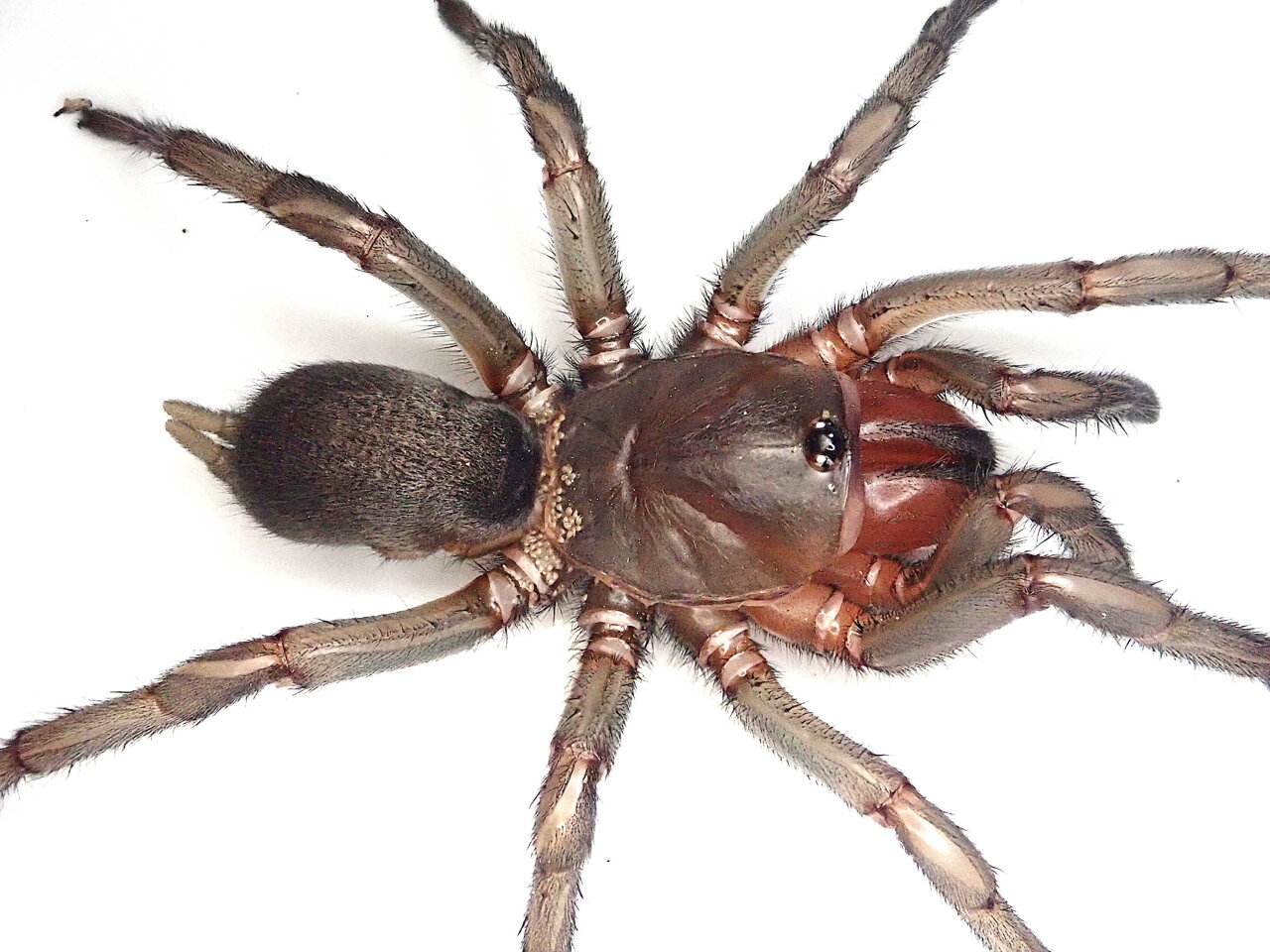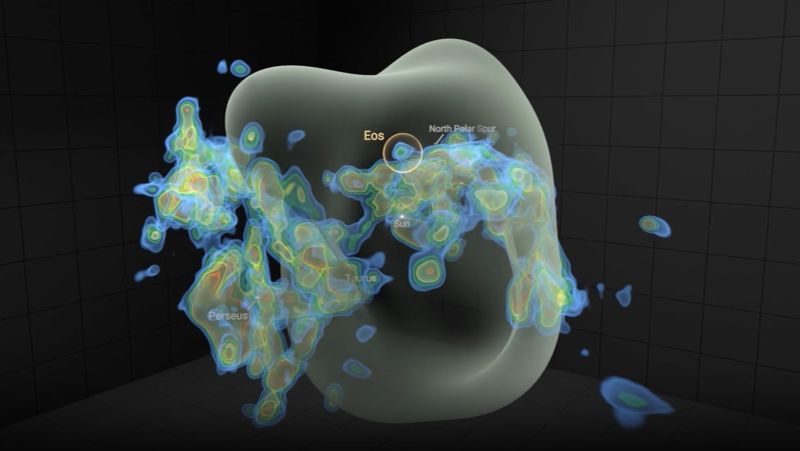Wishbone Spiders Unveiled: Scientists Discover Stunning Trove of 55 Unknown Species
Science
2025-04-14 14:10:01Content

In a groundbreaking scientific expedition, researchers from the Queensland Museum, Western Australian Museum, and the University of Western Australia have unveiled an extraordinary discovery in the world of arachnids. After an intensive two-year exploration of Australian wishbone spiders, the team has meticulously documented and described an impressive 55 previously unknown spider species.
This comprehensive study not only expands our understanding of these fascinating creatures but also highlights the remarkable biodiversity hidden within Australia's unique ecosystems. The wishbone spiders, known for their distinctive morphological characteristics, have long intrigued scientists, and this research represents a significant leap forward in taxonomic knowledge.
The collaborative effort between these prestigious institutions demonstrates the power of interdisciplinary research in uncovering the hidden wonders of the natural world. Each newly described species offers a glimpse into the complex and diverse spider populations that inhabit the continent's varied landscapes, from arid regions to lush forests.
Researchers hope that this extensive documentation will provide crucial insights into spider evolution, ecological relationships, and conservation efforts, ultimately contributing to a deeper understanding of Australia's rich and intricate biological heritage.
Unveiling the Hidden World: 55 New Wishbone Spider Species Discovered in Australia
In the vast and intricate landscape of Australian arachnology, a groundbreaking scientific expedition has illuminated the mysterious realm of wishbone spiders, revealing an unprecedented diversity that challenges our understanding of these remarkable creatures. A collaborative research effort spanning two intensive years has unearthed a treasure trove of scientific knowledge, fundamentally transforming our perception of these enigmatic arthropods.Unraveling Nature's Secrets: A Taxonomic Revolution in Arachnid Research
The Collaborative Scientific Expedition
Pioneering researchers from the Queensland Museum, Western Australian Museum, and the University of Western Australia embarked on an extraordinary journey of scientific discovery. Their meticulous investigation delved deep into the intricate world of wishbone spiders, employing cutting-edge methodologies and advanced taxonomic techniques. By combining expertise from multiple institutions, the research team created a comprehensive framework for understanding these fascinating creatures. The expedition involved extensive fieldwork across diverse Australian ecosystems, ranging from arid landscapes to lush tropical environments. Researchers traversed challenging terrains, collecting specimens with precision and care, ensuring minimal ecological disruption while maximizing scientific potential.Taxonomic Methodology and Identification Techniques
The identification of 55 new spider species represents a monumental achievement in biological classification. Researchers utilized sophisticated morphological analysis, genetic sequencing, and advanced microscopic examination to distinguish between closely related species. Each specimen underwent rigorous scrutiny, examining minute anatomical characteristics, genetic markers, and behavioral patterns. Sophisticated imaging technologies enabled researchers to capture intricate details of spider morphology, revealing subtle variations that had previously gone unnoticed. Electron microscopy and high-resolution digital imaging played crucial roles in documenting these remarkable discoveries.Ecological Significance and Biodiversity Implications
The discovery of 55 new wishbone spider species provides profound insights into Australian biodiversity. These findings underscore the continent's remarkable ecological complexity and the potential for undiscovered biological diversity. Each newly identified species represents a unique evolutionary adaptation, potentially offering critical information about environmental interactions and survival strategies. Researchers emphasized that these discoveries extend beyond mere taxonomic classification. The new species provide valuable data about ecosystem dynamics, evolutionary processes, and the intricate web of life in Australian landscapes. Understanding these spiders' roles can offer crucial insights into broader ecological systems.Conservation and Future Research Directions
The comprehensive study highlights the urgent need for continued biodiversity research and conservation efforts. Many of these newly discovered species might inhabit fragile or threatened ecosystems, making their documentation and protection paramount. The research team advocates for sustained scientific exploration and environmental preservation. Future research will focus on understanding these species' specific ecological niches, behavioral characteristics, and potential interactions within their respective habitats. Genetic studies and long-term monitoring will be essential in comprehending their evolutionary trajectories and conservation requirements.Technological Innovations in Biological Research
The expedition exemplifies how technological advancements are revolutionizing biological research. Advanced computational tools, genetic sequencing technologies, and sophisticated imaging systems have transformed our ability to explore and document biodiversity. These technological breakthroughs enable scientists to uncover hidden dimensions of life that were previously inaccessible. Interdisciplinary collaboration emerged as a critical factor in this groundbreaking research. By integrating expertise from museums, universities, and research institutions, scientists can develop more comprehensive and nuanced understanding of complex biological systems.RELATED NEWS
Science

Rare Disease Breakthrough Stalls: Scientists Seek Elon Musk's Intervention in Trump-Era Research Crackdown
2025-02-28 12:00:38
Science

Light-Speed Breakthrough: Researchers Capture Nature's Invisible Moments in Stunning Detail
2025-03-23 18:49:10
Science

USP Taps Fouad Atouf as New Chief Science Officer, Signaling Strategic Innovation
2025-05-05 14:00:00





